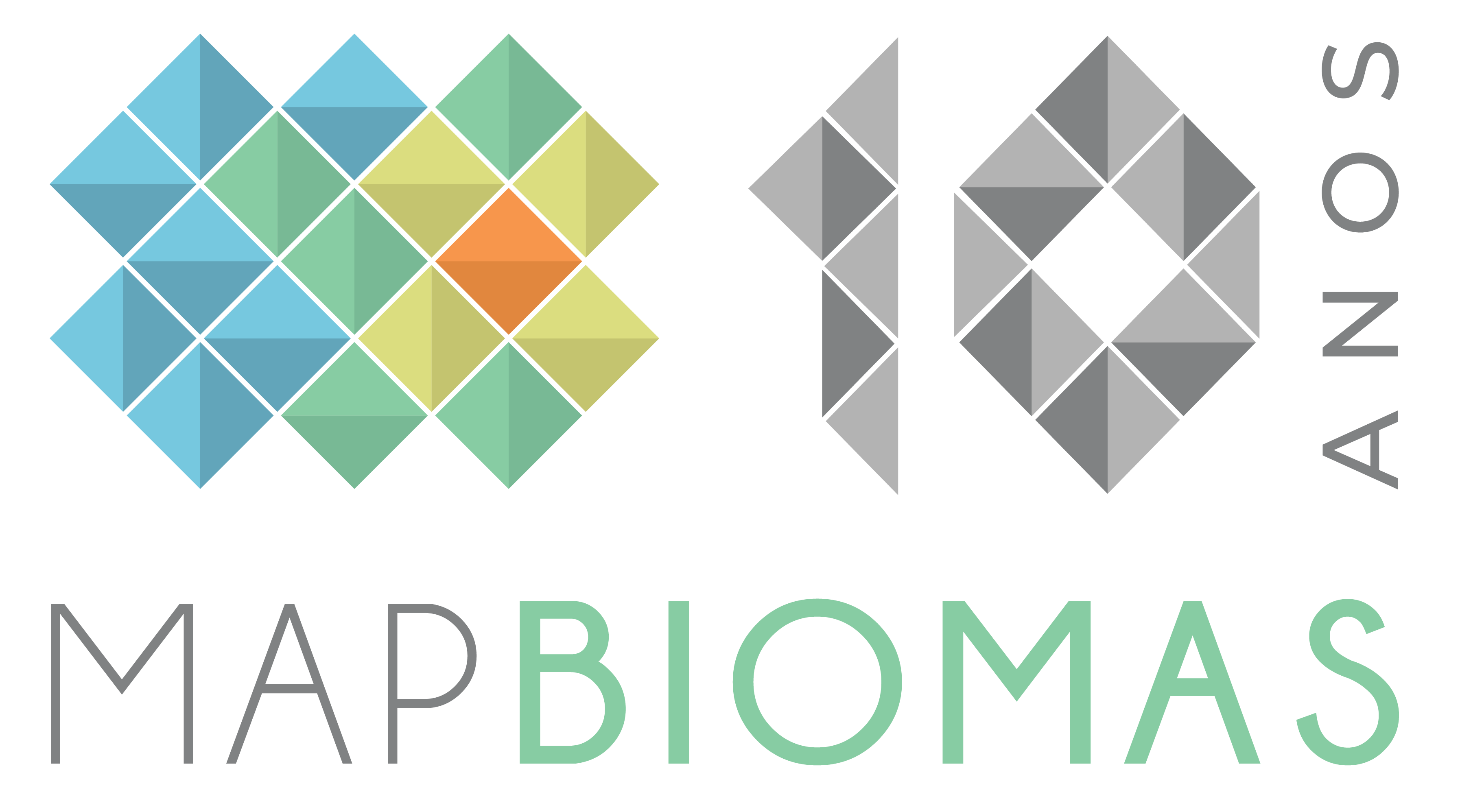The Pantanal continues to be the biome with the highest trend of reduction in water surface
Brazil is drying up: in 30 years, the country has lost 1.5 million hectares of water surface. But 2022 brought some relief: data from MapBiomas Water show that last year the water surface in the country was 1.5% above the historical average, which began in 1985, occupying 18.22 million hectares, or 2% of the national territory. There was a recovery of 1.7 million hectares (10%) compared to 2021, the year with the smallest surface area in the historical series. Last year was the first since 2013 in which the water surface in Brazil exceeded the barrier of 16 million hectares. In total, the country still has around 6% of the surface and 12% of the volume of all freshwater on the planet.
In 2022, the annual water surface of the Pantanal increased for the first time since 2018. However, the biome is still going through a dry period: the difference in water surface compared to the historical average is 60.1%. The Pampa also recorded a decrease of -1.7% compared to the average, reaching the lowest water surface area in the entire historical series. All other biomes gained water surface in 2022: Cerrado (+11.1%), Amazon (+6.2%), Caatinga (+4.9%), and Atlantic Forest (+1.9%). Among the states, Mato Grosso (-48%), Mato Grosso do Sul (-23%), and Paraíba (-12%) are also moving against the trend of water surface gain recorded in most states in 2022.
>> Access the main water surface data in Brazil 1985-2022
The water surface in official reservoirs (monitored by the National Water Agency, ANA) in 2022 was also the highest in the last ten years: 3,184,448 hectares, 12% more than the average of the historical series. They account for 22% of the water surface in Brazil; the other 78% are rivers, lakes, and small dams.
"Despite the recovery signal that 2022 represented, the historical series points to a predominant trend of reduction in water surface in Brazil," warns Carlos Souza, coordinator of the mapping at MapBiomas. "The driest years of the MapBiomas historical series occurred in this and the last decade. The period between 2013 and 2021 includes the 10 years with the lowest water surface, making this last decade the most critical in the historical series," he emphasizes.
All biomes lost water surface between 1985 and 2022, with the Pantanal standing out, where the reduction was 81.7%. In second place is the Caatinga, which is already the driest biome in the country and lost almost one-fifth of its water surface (19.1%). The Atlantic Forest (-5.7%), Amazon (-5.5%), Pampa (-3.6%), and Cerrado (-2.6%) also became drier. The reduction in the Pantanal caused Mato Grosso do Sul to take the lead among the states with the greatest loss of water surface. The water surface retraction was 781,691 hectares, or 57%.
More than two-thirds (70%) of Brazilian municipalities experienced a reduction in water surface over the last three decades. The municipalities with the highest percentage reductions are Corumbá (MS), Cáceres (MT), Poconé (MT), Aquidauana (MS), and Vila Bela da Santíssima Trindade (MT).
The trend of water surface loss was noted in most of the country's basins and hydrographic regions. Almost three out of four hydrographic sub-basins (71%) experienced a reduction in water surface over the last three decades. Even with the overall increase in water surface in the country in 2022, one-third (33%) of them remained below the historical average last year. In some cases, such as the Araguaia-Tocantins basin, the gain in water surface is associated with hydroelectric dams.
The hydrographic regions that lost the most water surface in the historical series of MapBiomas were Paraguay (-591 thousand hectares), South Atlantic (-21.4 thousand hectares), and Northeastern Atlantic (-4.8 thousand hectares). On the other hand, the Northeastern Atlantic basin (+65.8 thousand hectares), São Francisco basin (+61.8 thousand hectares), and Paraná basin (+39 thousand hectares) experienced gains in water surface.
After the year 2000, there has been greater intra-annual variability. From 2017 to 2020, for example, seven out of 12 months of the year were below the annual average. Once again, 2022 was an exception: all months of last year had an increase in water surface compared to 2021, averaging 10%. The months from December to July remained above the historical monthly average, while the period between August and November remained below.
TO ACCESS THE DATA:
To view the data, visit: https://plataforma.brasil.mapbiomas.org/agua


